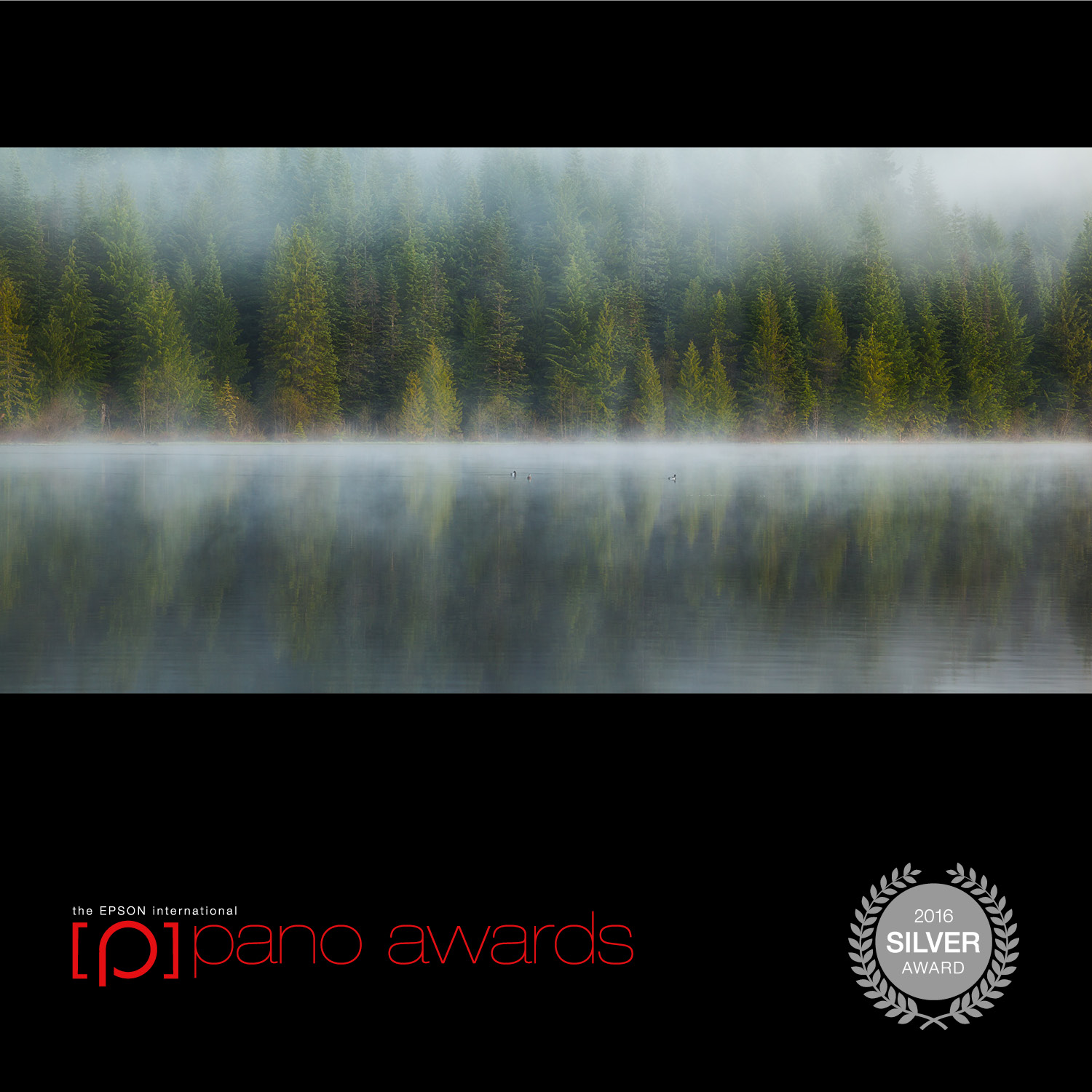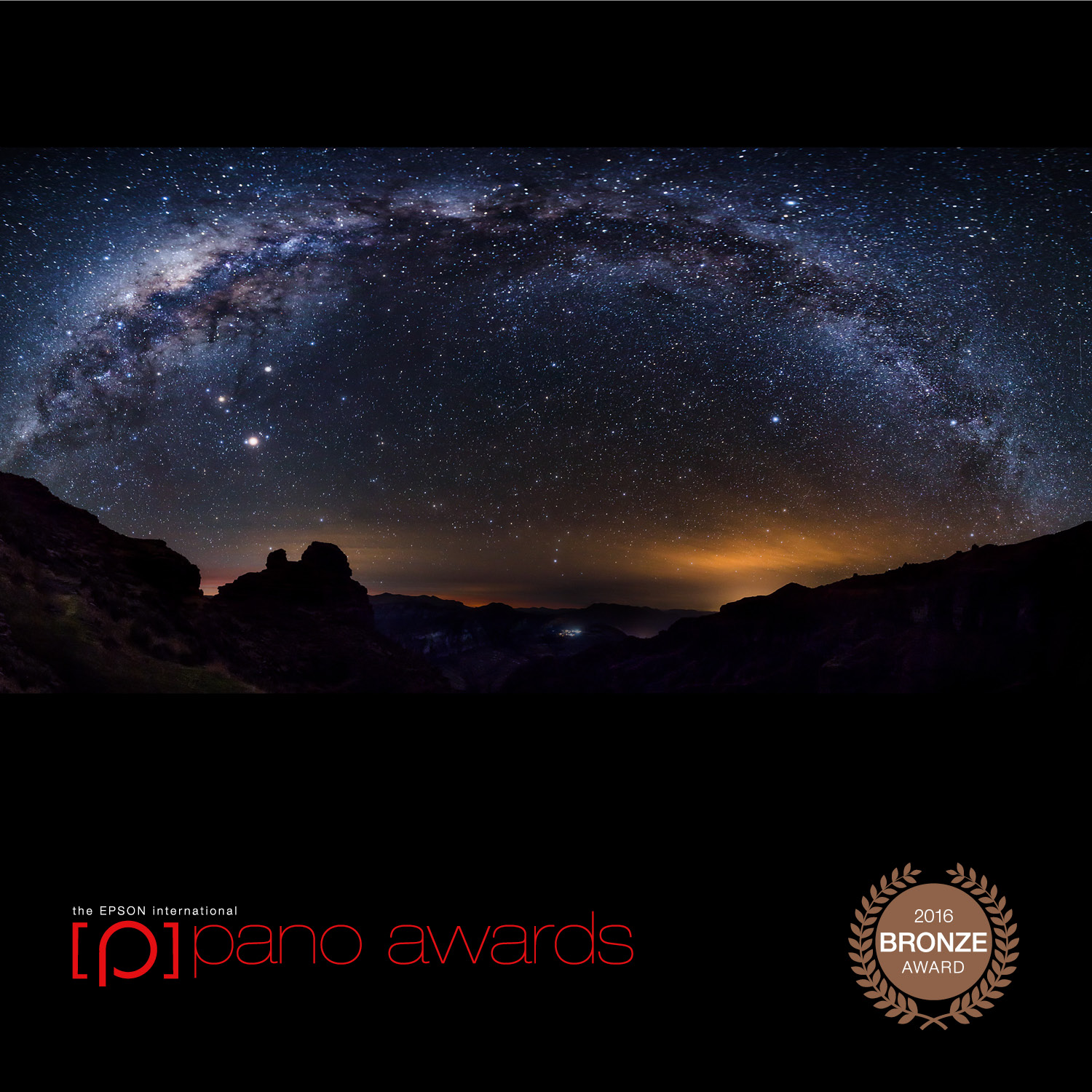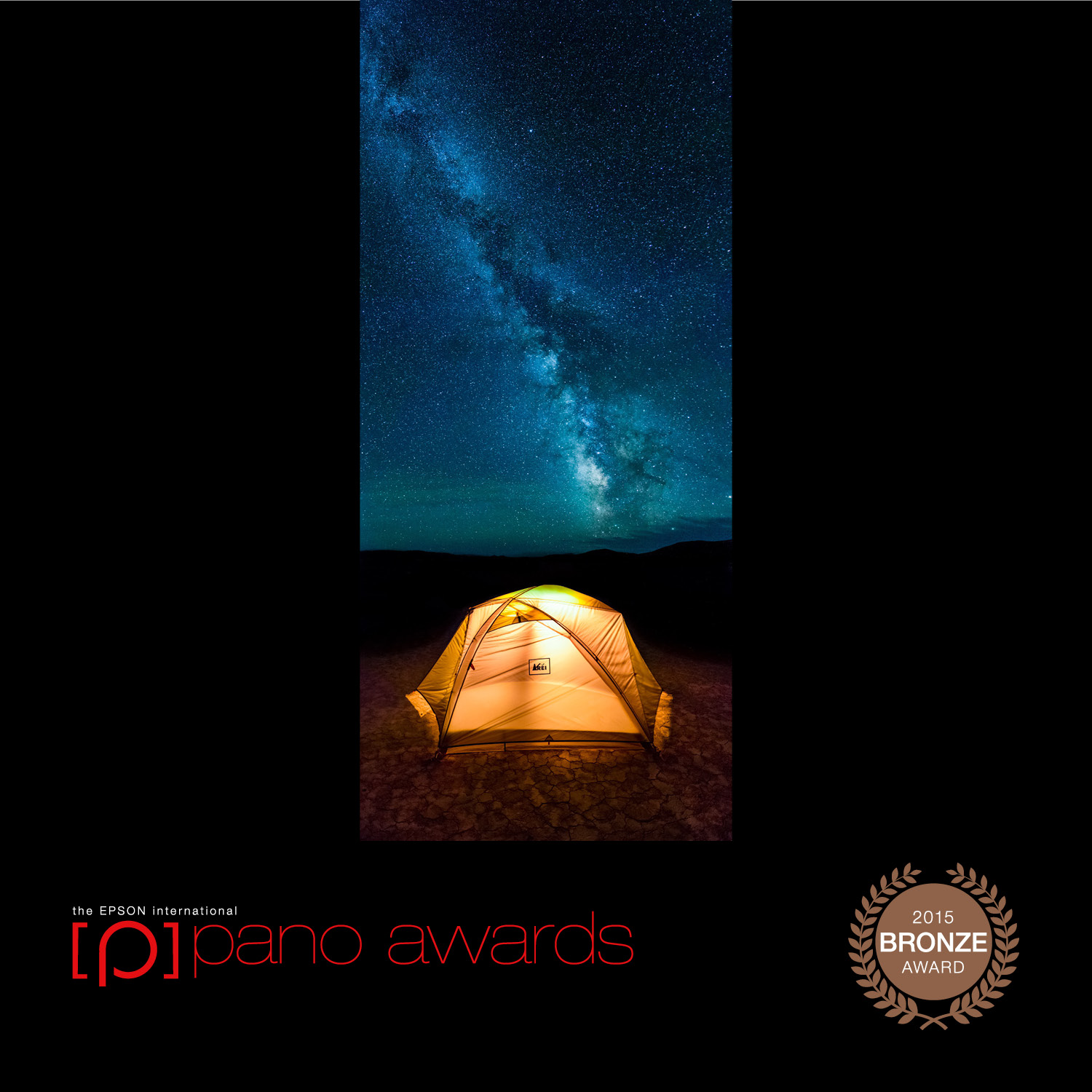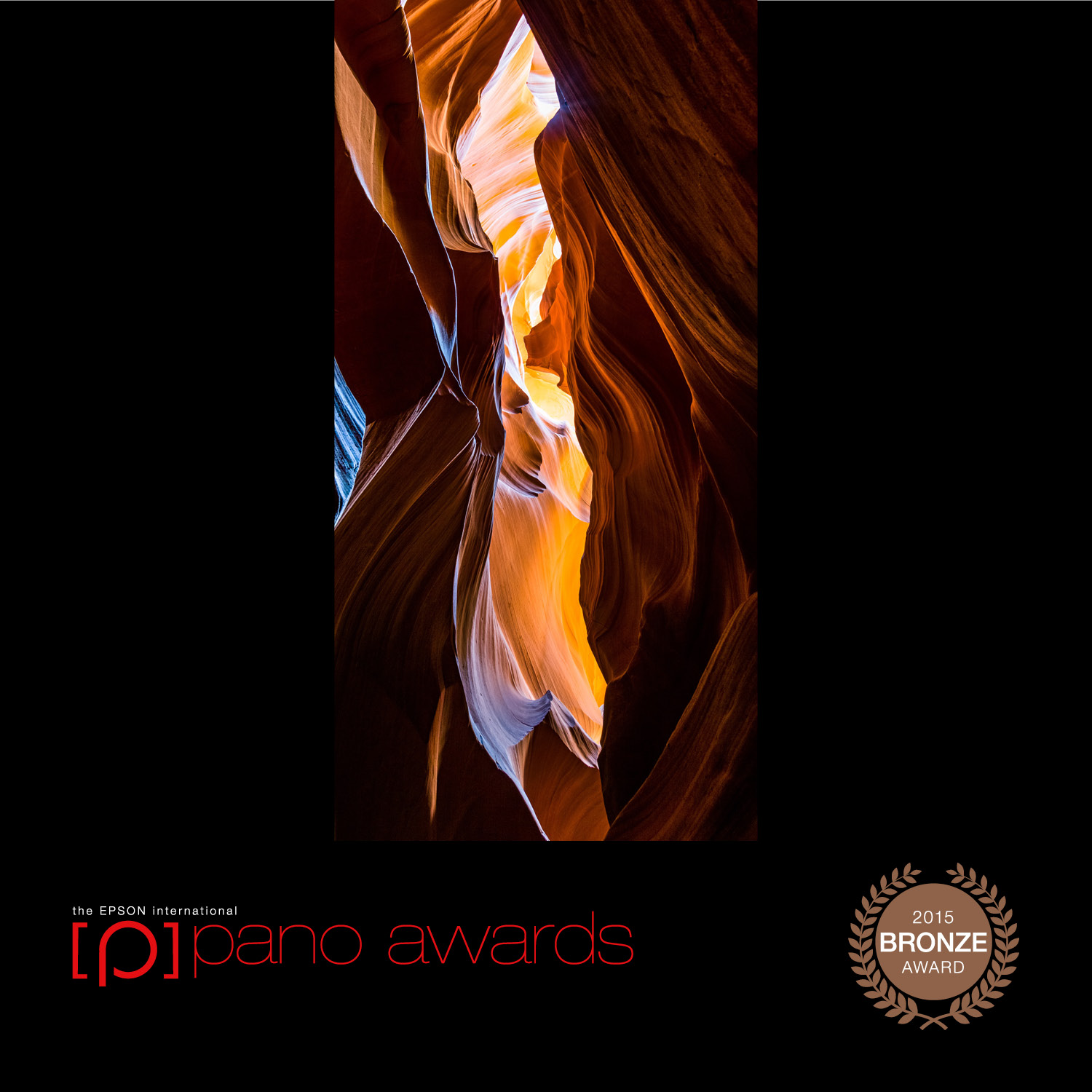ABOUT TAYLOR
Taylor Duncan is a landscape photographer located in Bend, Oregon and originally from Milwaukee, Wisconsin. He found his passion for photography while attending Oregon State University where he graduated with a Bachelor of Science in Liberal Studies. Living in Oregon drove Taylor to explore, opening his eyes to nature’s beauty, and it allowed him to expand his love for the outdoors. He decided the best way to document and share all of his adventures was through photography.
His passion for photography has taken him all over the world -- to national parks, the American Northwest and Southwest, Hawaii, Canada, Perú, Kenya, and Ethiopia. He aspires to travel to different parts of the world including Alaska, Iceland, Norway, Patagonia, Chile, and the Himalayas.
Before becoming a full time photographer, he worked in Milwaukee, WI for a renowned documentary company, The Duncan Entertainment Group as the archivist. Working there introduced him to other photographic and video techniques, which expanded his skill set to people photography, time-lapse photography, and videography.
Taylor has entered photographs into many competitions, including the prestigious Epson International Pano Awards, where he earned their silver and bronze awards.
Taylor is an ongoing student of art; he is always looking for new compositions and photographic techniques to learn as he continues his passion.
Media
Awards
A Word from Taylor
Thank you for visiting my website and taking the time to explore it. I’d like to take this opportunity to talk to you about my artistic style. It is something that has changed over the years, but my vision for my photos has stayed the same. I want to share photos of beautiful locations that best represent the incredible experiences I have had.
When I first started sharing images, I only edited using darkroom type techniques to help enhance contrasts and saturation levels. At the time, I was against the idea of using any sort of post-processing like Photoshop. I didn’t think that it was a tool that a good photographer should be using. I thought the way to be a good photographer was to do most of the work in the field with minimal post-processing. This can work for some people, but it is not my style anymore. Looking back at it, even though I created some pretty good images with this method, many looked fake to me due to over saturating them.
In early 2015, I realized this mistake, but I also realized that it was taking me about 5 minutes to edit each one of my photos. This was fine early on, but I got bored with this method of editing. They were all looking the same, basically because I was putting the exact same darkroom edits on each image. They were also, like I said, looking fake to me. I convinced myself that Photoshop was ok and it was the only way that I could move my work forward. Once I decided this, I researched new methods of editing and I was very happy to find that most of the work was done in the field.
My first venture editing in Photoshop involved taking two images of the same scene each with different focus points - one for the foreground and one for the background and blending them together. I then took the image and applied darkroom edits again. This was definitely a process to me because I still couldn’t wrap my head around doing full edits in Photoshop as I was still afraid that I would lose my “non-overmanipulation” identity. The photos were still looking oversaturated to me and not as smooth as they could be. In my way of thinking, I decided I had to use some sports strategy in my quest to become a better editor and that was to “trust the process”
I dove back into my research and everything I found made sense. I watched videos describing editing techniques and picked up snippets of information here and there and I was again happy to find that most of the work for these techniques happen out in the field. The process that now works for me is to do a couple of things while physically taking my photos depending on the scene of course. Generally, I take multiple photos of the same scene with different exposures and different focus points. When I bring them back to edit, I merge the different exposures together for a wider dynamic range, and if I had a scene that required multiple focal points for depth of field, I would then blend the photos together so that everything is as sharp as possible. Once I have completed this process (which doesn’t take very long) I then dodge (darken) and burn (lighten) various areas using natural colors from the image itself to enhance light and shadow areas. This process makes my images more dramatic, much more pleasing to look at, and of course to hang on a wall!
If you are thinking that this seems like too much, then I think we have to take a step back. The most famous photographer of all time is hands down Ansel Adams. Back in his day, he obviously did not have the technology available to us today. He used a film camera and printed his images in a darkroom. I have used a darkroom before and I wasn’t necessarily a fan. However, I did learn that you could manipulate your prints using various techniques in the darkroom. I wasn’t going to experiment, as I was only in there for a class and there was a certain timeframe I had to keep to. This wasn’t the case for Ansel Adams. His Photoshop was the darkroom and he was a master at it. It was in the darkroom where he mastered his craft - it was his time of post-processing. He understood that his raw images on the film reel were not what he wanted to share with the world. The only way to make them better was through the darkroom! Lets step back to today and think about this. If Ansel Adams were a photographer today, I am absolutely positive that he would still have this way of thinking. He would again realize that he needed some form of post processing to help perfect his craft. He would most likely be a master of Photoshop, just as he was a master of the darkroom.
This is what I am working towards - perfecting my craft. In my opinion, this is not possible in photography as there are so many different ways of doing things, locations to see, compositions to photograph, etc. etc. I continue to learn every time that I go on a photoshoot and bring back the images to process. Aside from my love for the outdoors, this is one of the things that draws me to photography. It is something that you continually learn and that learning is never going to stop!
Again, thank you for visiting my site and I hope that my images convey a sense of adventure, wonder, and at the same time a sense of the need to preserve. Though nature is a wondrous place to be in, it is continually being taken for granted and destroyed. Next time you venture out into nature, take the time to take in what is around you and think about how you feel if it was gone. As we become more reliant on improving technologies these days, we need to get out into the wilderness to reset, re-energize, and just get away from the daily craziness. So, I hope that my photos will inspire you to get outside, experience nature, then think about what you can do yourself to help preserve it!
